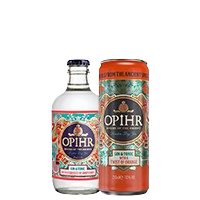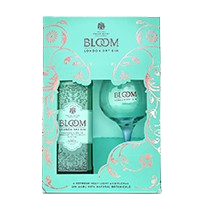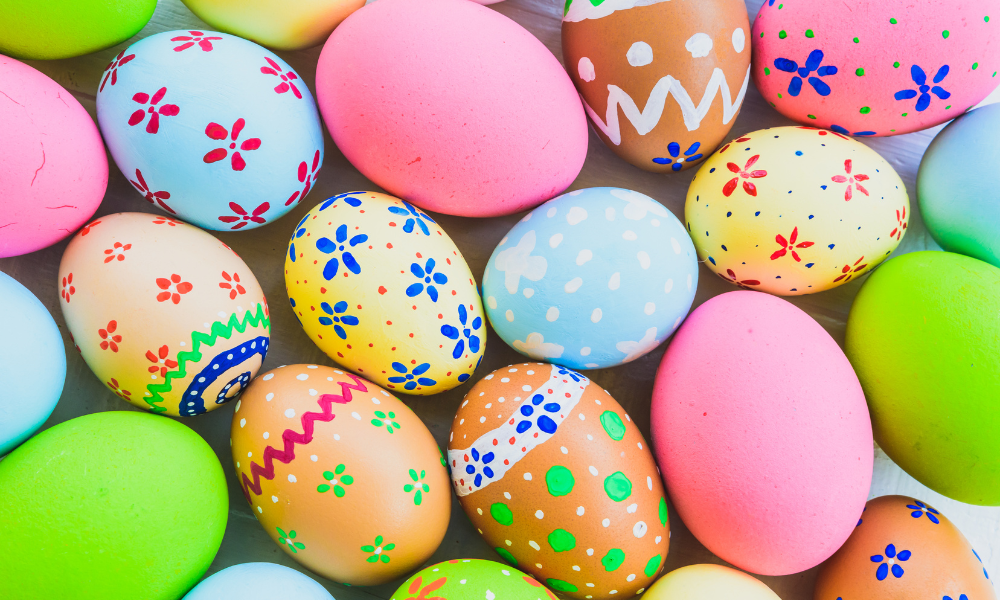How do you make Gin?
Is your signature serve a classic G&T? Do you like a little bit of oomph with your evening apero? Are you looking to re-gin-erate your drinks cabinet? If love makes the world go round, gin definitely makes it spin. We’ve known for a long time that gin is in. We know savvy drinkers have embraced it with gusto and our favourite juniper berry bevvy has risen from the grave. But this is not new news. Gin’s glow up has been around for a while now, and people are beginning to get picky. As time marches on, tastes have evolved and we’ve become more demanding about what we want to have in our gin cocktails. Fruity, floral, spicy or sweet, there are lots of choices out there but does your perfectly balanced gin exist on the supermarket shelves? We think probably not. Thus, homemade gin has become a bit of a thing. We had lots of time during lockdown and making gin at home became our new favourite pastime. And why not? It’s easy, it’s fun, it’s relatively cheap and it means that you have an entirely bespoke drink at the end.
Fancy starting your own craft gin club? If you want to know how gin is made or fancy yourself as a bit of a master distiller, simply follow our easy step by step guide. Isn’t it time that you too joined the ginvolution?
Impress your friends and family with your new found talent.
Sterilise those bottles, get those creative juices flowing, and let’s hold a little socially distanced party. It’s going to be gintastic.
Ingredients:
- 700ml vodka
- 2 tbsp juniper berries
- Strip of lemon or orange peel
- 6 cardamom pods - optional
- 1 tsp coriander seeds - optional
- 2 g Angelica Root - optional
Method:
- Start by sterilising with boiling water the container that you’ll be using to keep the gin in. We suggest using a large (extra large) Kilner jar as it’s sealable, but as long as it's non-porous, clean and airtight, anything goes. Note that if your container is not properly clean, the gin will go off during the process.
- Add your gin botanicals now. Remove any fresh peel, but make sure that you have plenty of juniper berries as juniper is the main ingredient of gin, and what gives it that lovely ginny taste.
- Add your vodka. As a base spirit, any good quality rye vodka is perfect. The more inventive among you might like to try a flavoured vodka such as Alizé to add a little va va voom to your creation.
- Store in a cool, dark place for 24 hours.
- Now comes the fun part. Taste the concoction - you should be able to taste the first aromas of juniper. Here’s where you can get creative and add the botanicals that you want. Give your gin a go fast boost by adding fresh citrus peel, fruit, herbs, spices ... really, anything goes. The beauty of making your own gin is that you can add as much or as little flavouring as you like. We love adding Cardamom pods, Angelica Root and Coriander seeds but the above measures are a guide only, so feel free to be inspired here.
- Reseal the container making sure that it is properly closed and leave in a cool, dark place for another 24 hours. Don’t leave for too long as it will become over ripe and undrinkable.
- Taste again. Happy? Good. Sieve out the large ingredients. If there are still a few bits or any sediment left, extract again by using a coffee filter.
- Let the liquid sit again for a couple of more days to allow any final sediment to fall to the bottom, then go through a final extraction process. If the liquid is still a bit cloudy and you want that crystal clear gin translucency, you can always run it through a water filter one last time.
- Transfer into clean, dry bottles. Hey presto, your homemade gin is ready. Add some sexy, hand drawn labels, ask some friends round and we think you’ve got a little gin gathering on your hands.
How do you make rhubarb gin?
If you want to add some pink to your drink then read on. Flavoured gins are incredibly easy to make, simply add your fruit to the distillation process (step five above). Rhubarb is always a firm favourite, as the sweetness of the gin works very well with the sourness of the rhubarb. Why not add a little vanilla or ginger for here too? Other red fruit such as raspberries, strawberries, blackberries or redcurrants work incredibly well too. Delicate flowers like rose petals and violet are nice, but be careful to dose these in small measure as they can quickly become sickly sweet.
How do you make sloe gin?
Like tea and biscuits, Buckingham Palace or David Beckham’s right foot, Sloe Gin is as English as they come. A distant relative of the plum, sloes are found wild all over England, Wales and Ireland but have yet to make it big stateside (or anywhere else side to be frank). However, here in Blighty we love them. But only in gin, jam or jelly. As a raw fruit they’re revolting; they have acidic flesh and a bitter, astringent skin. Don’t let us put off though - they are superb when properly prepared and deliver a yummy plummy taste that leaves a sweet, long lasting finish on the palette. Pick them wild after the first frost as this will help to extract the flavours of the fruit.
Ingredients:
Sloe gin carries its name well. Slow to make, this compound gin is definitely worth the wait.
- 500g ripe sloes
- 250g golden caster sugar
- 1 litre gin
Method:
- Sterilise a large, sealable jar such as a Kilner jar with boiling water. We like using Kilner jars but as long as the container is airtight and non-porous, anything should be ok.
- Make sure that your berries are clean. Rinse under cold, running water and pat dry with a tea towel.
- Prick the sloes one by one (yes, it’s fiddly) with a cocktail stick or fork. Transfer them to the jar or container.
- Cover the berries in sugar. Add a small piece of dried fruit if you like for added oomph, otherwise, keep it au naturel and add your neutral spirit gin. Give it a careful shake, taking care not to bruise the fruit (we actually prefer to just turn the jar upside down a couple of times). Whatever you do, just don’t channel your inner Lewis Hamilton winning the Monaco Grand Prix.
- Here’s where it pays to be patient. Store in a cool, dark, dry place for two to three months.
- You’ll know when the gin is ready when the liquid has turned a beautiful dark purply red colour. You can even sneak a quick taste. If you’re happy with it, line a sieve with a muslin square (any loosely woven fabric will work) and strain the sloes from the liquid. You should be left with a gorgeous ruby coloured, slightly thick spirit.
- Decant into clean bottles and voila. Note that Sloe gin continues to mature even after bottling, so if you can bear to wait, save it for a year or so for optimum taste sensations.








































